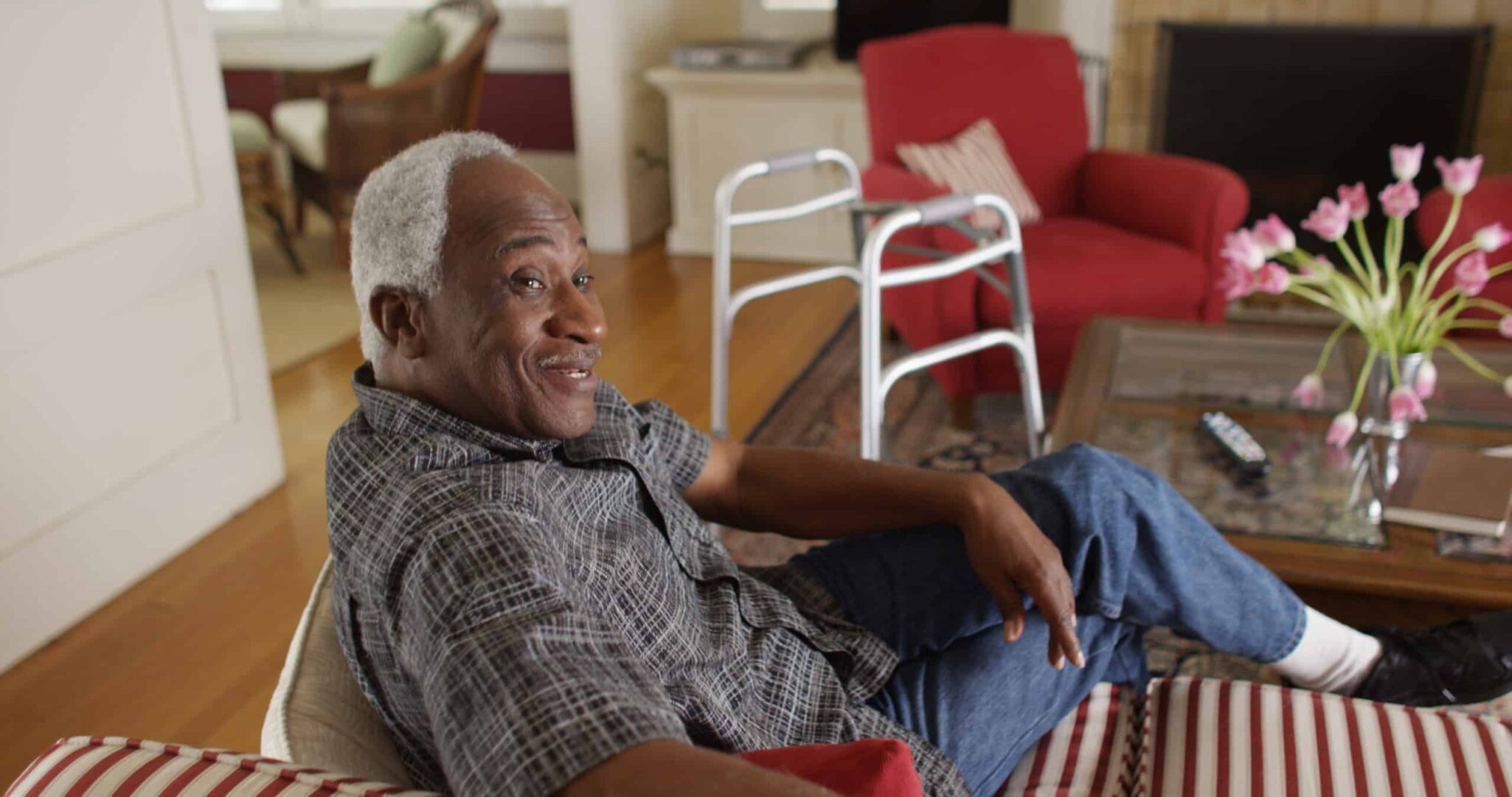How to Transition to Assisted Living in a Positive Way

Even when you know it’s the best choice, moving a loved one to assisted living can have its ups and downs. You and your loved one may feel everything from excitement to sadness. And that’s OK. All of life’s big moves mean saying goodbye to some things. But they also give you a chance to start fresh and find new things to enjoy. What’s most important is that your loved one knows you are there to support them as they transition to assisted living and their new routine.
9 Ways to Better Transition to Assisted Living
As your loved one’s caregiver, you have their best interest in mind. That includes wanting to make the transition to assisted living more positive. Typically, the first few weeks bring the most challenges. However, it gets easier as time passes. During this transition period, use these tools to help your loved one adjust to assisted living in the most positive way possible.
- Take it slow – Adjusting to assisted living is a process. And it doesn’t always happen on your timeline. Remember to stay patient with your loved one. If they need encouragement, remind them why you both made the decision and about all the benefits of assisted living.
- Remain strong – You may be tempted to get caught up in the emotions of the move. However, it’s important to stay strong for your loved one. Acknowledge any feelings of doubt or sadness but do so in a positive way.
- Plan visitors – During any transition, it helps to have friends and family nearby. Encourage those close to your loved one to visit often. Even video calls or phone calls can help brighten their mood.
- Join activities – Hobbies or other activities can help take your loved one’s mind off the emotions of the transition. Look at the activities offered by the community and suggest a few that your loved one might enjoy trying. According to the National Institute on Aging, seniors who stay active and engaged feel healthier and happier.
- Go out on the town – Make time to go with your loved one to activities outside their community. This can help your loved one feel connected to the life and things they once enjoyed. Many communities offer planned outings too.
- Bring familiar items – Have your loved one’s favorite objects there when they move in. This is a great way to make your loved one quickly feel at home. Small objects like blankets, collectibles, or photo frames make it feel more like home.
- Avoid other big changes – Transitioning to assisted living is a big change on its own. Wait to make other changes—like a new cellphone or household gadgets—until your loved one has settled in.
- Make some labels – It’s easy for your loved one to be frustrated if they can’t find important items. Help them know where to look with labels. You can add labels to boxes, drawers, cabinets, and closets.
- Encourage independence – One of the great benefits of assisted living is that it supports independence. If your loved one has a specific hobby or goal, ask staff how they can support it. Whenever possible, keep your loved one’s routine consistent so that they feel empowered and in control of their day.
In general, adjusting to change takes time. Don’t pressure yourself or your loved one too much. Everything may not be perfect all the time, and that’s normal. Try to focus on what you can do to support your loved one. By going easy on yourself and your loved one, you’ll be able to settle into this new stage together.
Get to Know More About Parkwood Healthcare Assisted Living
It’s easier to make the transition to assisted living when you feel confident about the community. Parkwood Healthcare is dedicated to helping our residents and families feel supported and encouraged so that every resident can thrive. Contact us today or schedule a virtual tour to find out more.




